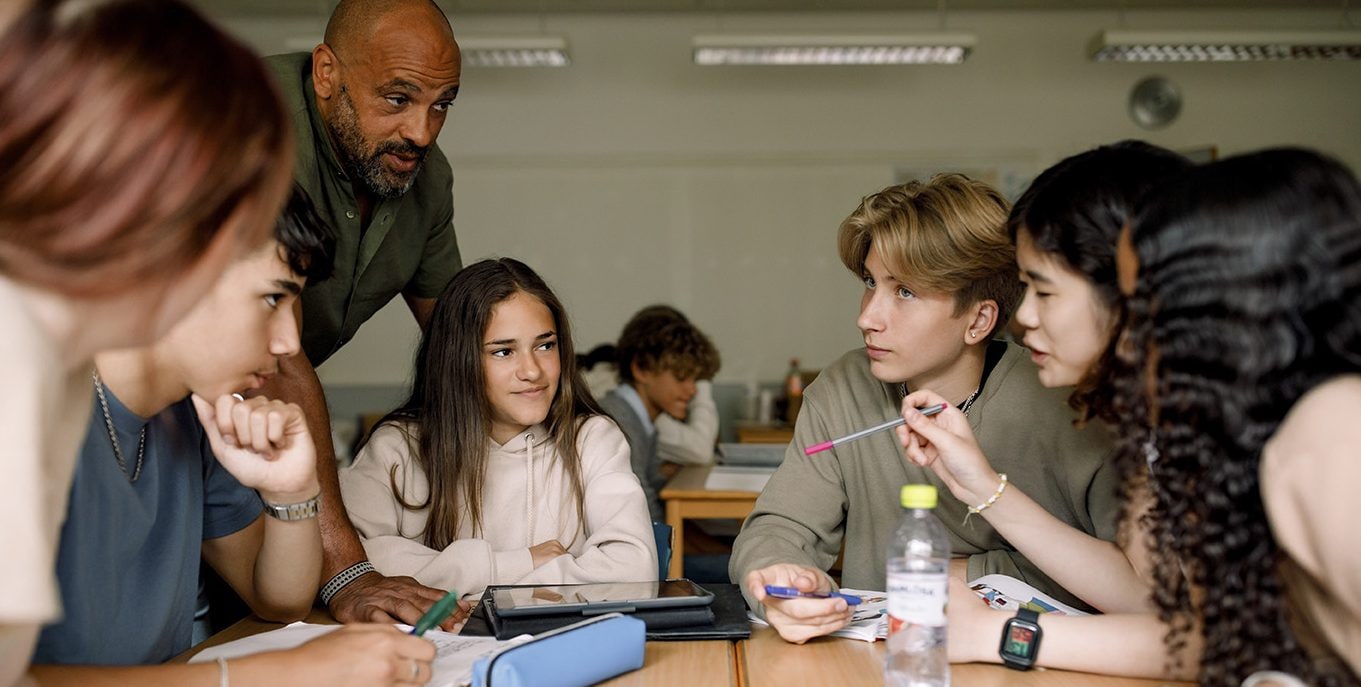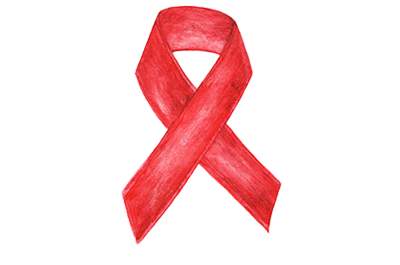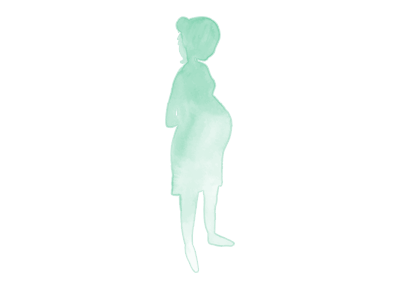Sexual Risk Behaviors

Engaging in risky sexual behaviors can lead to HIV infection, sexually transmitted diseases, and unintended pregnancy among youth.
Youth Engage in Sexual Risk Behaviors
Many young people engage in health risk behaviors and experiences that can result in unintended health outcomes. CDC data show protective sexual behaviors (i.e., condom use, sexually transmitted disease (STD) testing, and HIV testing), experiences of violence, mental health, and suicidal thoughts and behaviors worsened from 2011 to 2021.
Implementation of CDC’s What Works In Schools, a three-strategy school-based program, can lead to reductions in these risk behaviors and experiences and improve student health.
Fast Facts
Among U.S. high school students surveyed in 20211
- 30% had ever had sexual intercourse.
- 48% did not use a condom the last time they had sex.
- 8% had been physically forced to have sexual intercourse when they did not want to.
- 9% of all students have ever been tested for HIV.
- 5% of all students have been tested for sexually transmitted diseases during the past year.
Source: National Youth Risk Behavior Survey, 2021
CDC recommends everyone aged 13-64 get tested for HIV at least once as part of routine medical care.5,6
HIV, STDs, and Teen Pregnancy are Health Consequences
Sexual risk behaviors place youth at risk for HIV infection, other STDs, and unintended pregnancy:
HIV
19% of all new HIV diagnoses were among young people (aged 13–24) in 2021.2

STIs
Young people aged 15–24 years accounted for 53% of new STIs in 2020.3

Teen Pregnancy
Nearly 143,500 infants were born to young females aged 15–19 in 2022.4

Abstinence from vaginal, anal, and oral intercourse is the only 100% effective way to prevent HIV, other STDs, and pregnancy. The correct and consistent use of male latex condoms can reduce the risk of STD transmission, including HIV infection. However, no protective method is 100% effective, and condom use cannot guarantee absolute protection against any STD or pregnancy.
Schools and Youth Serving Organizations Can Help
School health programs can help young people adopt lifelong attitudes and behaviors that support their health and well-being—including behaviors that can reduce their risk for HIV and other STDs.
HIV, STD, and teen pregnancy prevention programs in schools should:
- Provide health information that is basic, accurate, and directly contributes to health-promoting decisions and behaviors.
- Address the needs of youth who are not having sex as well as youth who are currently sexually active.
- Ensure that all youth are provided with effective education and skills to protect themselves and others from HIV infection, other STDs, and unintended pregnancy.
- Be developed with the active involvement of students and parents.
- Be locally determined and consistent with community values and relevant policies.
National Strategic Plans
- The National HIV/AIDS Strategy calls for all Americans to be educated about HIV. This includes knowing how HIV is transmitted and prevented, and knowing which behaviors place individuals at greatest risk for infection. HIV awareness and education should be universally integrated into all educational environments.
- The Sexually Transmitted Infections National Strategic Plan aims to reverse the recent dramatic rise in STIs in the United States. Using health education to prevent STIs, schools, other professionals, and families can help adolescents make informed, positive, and safe choices about healthy relationships, responsible sexual activity, and their reproductive health.
CDC Programs & Initiatives
The prevalence of some health behaviors remains high and puts youth at higher risk for negative health outcomes and poor academic performance. CDC’s Division of Adolescent and School Health addresses HIV, other STDs, and unintended pregnancy prevention through
- CDC. Youth Risk Behavior Survey: Data Summary & Trends Report: 2011-2021. Atlanta: Centers for Disease Control and Prevention; 2023.
- CDC. Diagnoses of HIV infection in the United States and dependent areas, 2021. HIV Surveillance Report 2023;34.
- Centers for Disease Control and Prevention. Sexually Transmitted Disease Surveillance 2020. Atlanta: US Department of Health and Human Services; 2022.
- Hamilton BE, Martin JA, Osterman MJK. Births: Provisional data for 2022. Vital Statistics Rapid Release; no 28. Hyattsville, MD: National Center for Health Statistics. June 2023.
- Final Update Summary: Human Immunodeficiency Virus (HIV) Infection: Screening. U.S. Preventive Services Task Force. June 2019.
- CDC. Revised recommendations for HIV testing of adults, adolescents, and pregnant women in health-care settings. MMWR 2006;55:1-17.